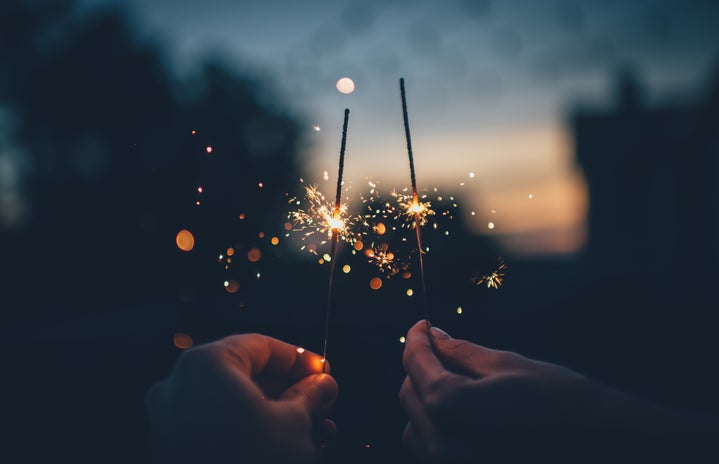Holi, popularly known as the festival of colors in the western part of the world, is an ancient Hindu festival mainly celebrated in India and parts of South Asia. The festival has been celebrated since before the birth of Christ and signifies ‘good’ winning out over ‘evil’. The exciting news is that the Indian Student’s Association at UVic is organizing a Holi festival this week on March 26th outside Village Greens from 11am to 2:30pm. Everyone is welcome.
HISTORY
The legend says there once lived a devil and powerful king who reigned in Punjab, India. His name was ‘Hiranyakshyap.’ He considered himself a god and wanted everybody to worship him. To his great ire, his son, Prahlad, began to worship Lord Vishnu (one of the gods in Hindu mythology). The king (Hiranyakshyap) obviously disliked this. To get rid of his son, Hiranyakshyap asked his sister, Holika, to enter a blazing fire with Prahlad in her lap, as she had the power to enter the fire without getting burnt. According to the legend, instead of Prahlad, it was Holika who got burnt and died due to of the appearance of Lord Vishnu.
TRADITION
On the eve of Holi, after sunset, pieces of wood are collected and the bonfire is lit. During the bonfire, everyone sings and dances, celebrating Holika’s death. The celebration is called ‘Holika Dahan.’ On the day of Holi, it is a tradition to play with colors. The color powder is known as ‘Abeer.’ It is one of the very few Hindu festivals in which no prayer is conducted and the day is for partying and pure enjoyment. After a day of playing with colors, people clean up, wash, bathe, and dress up in the evening and greet friends and relatives by visiting them and exchanging sweets. Holi is also a festival of forgiveness and new beginnings.
Now you know the history of Holi! Hope to see you on the 26th!


